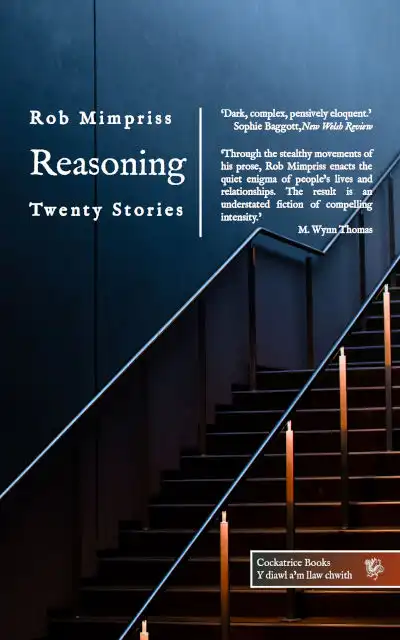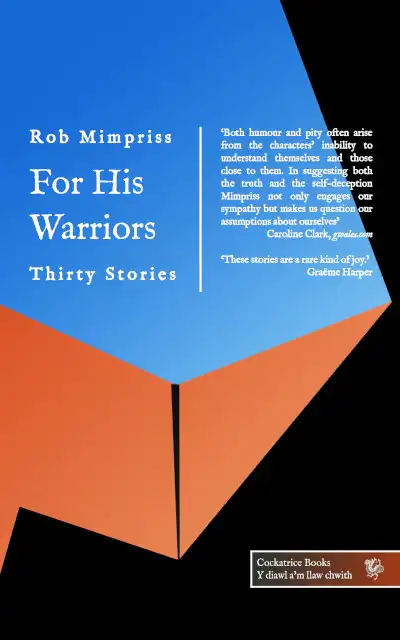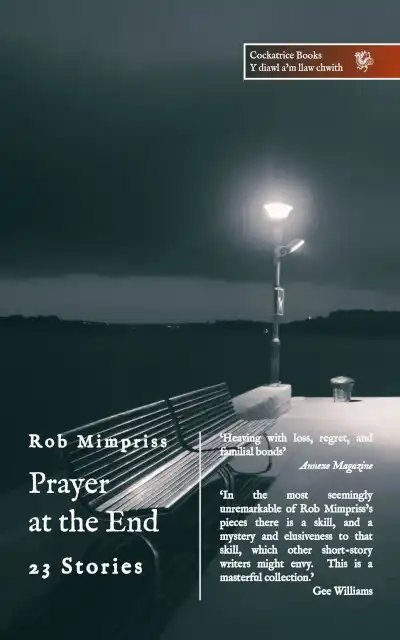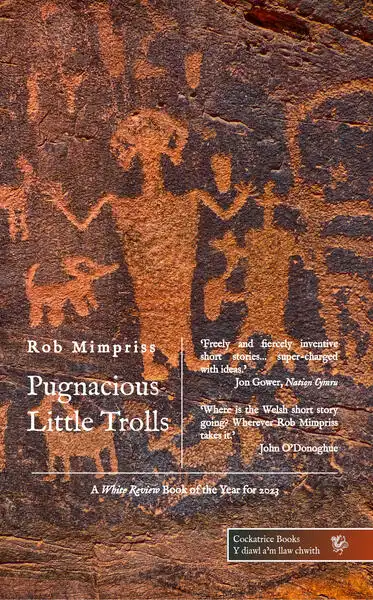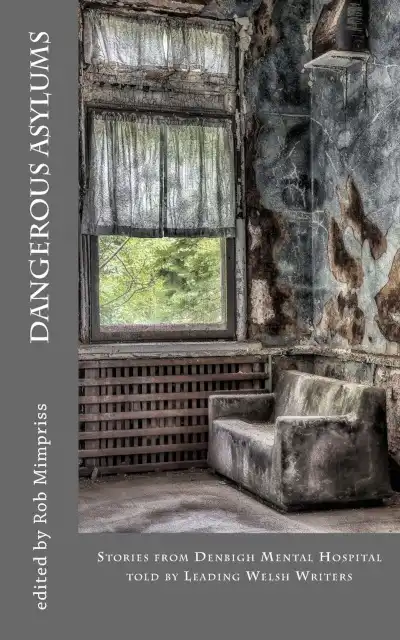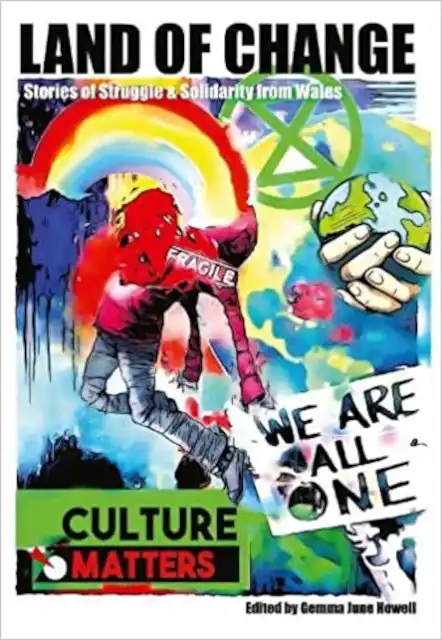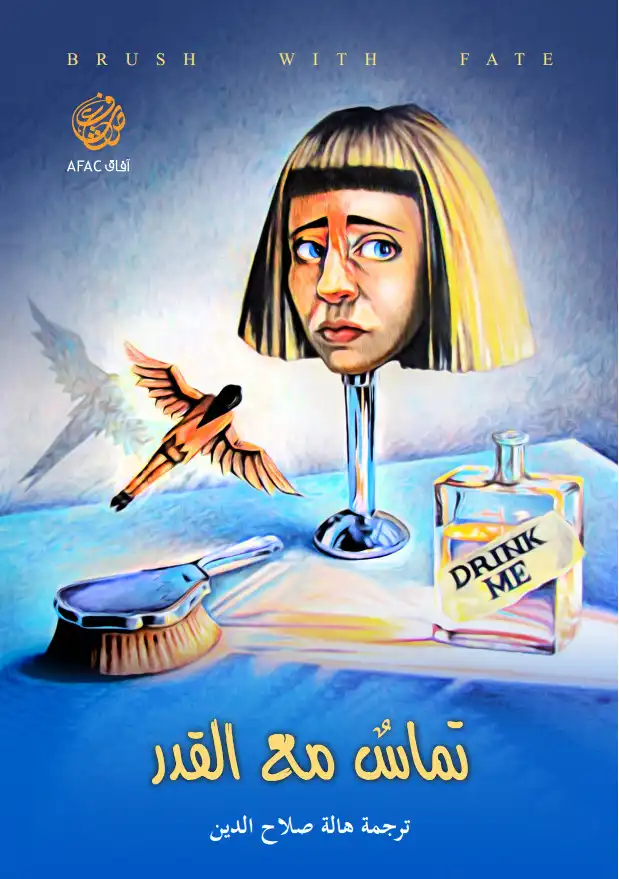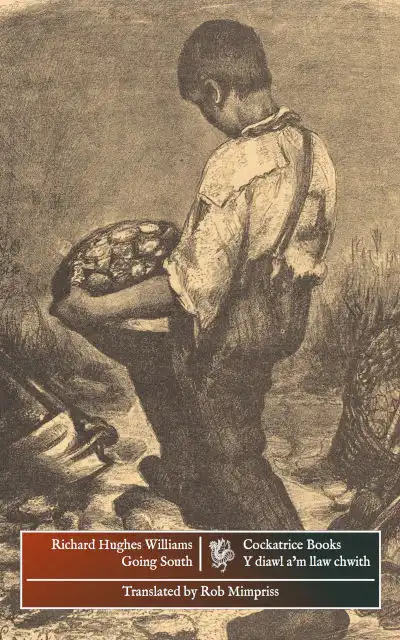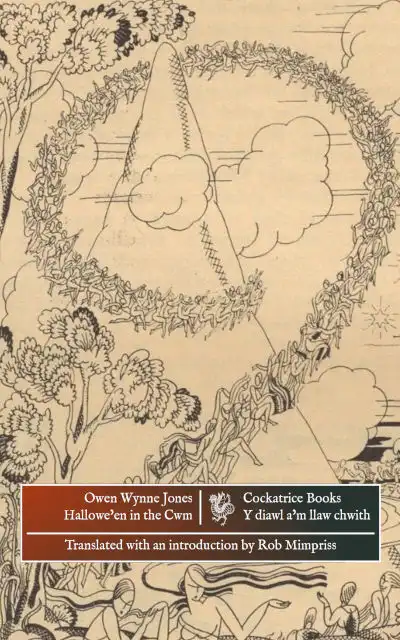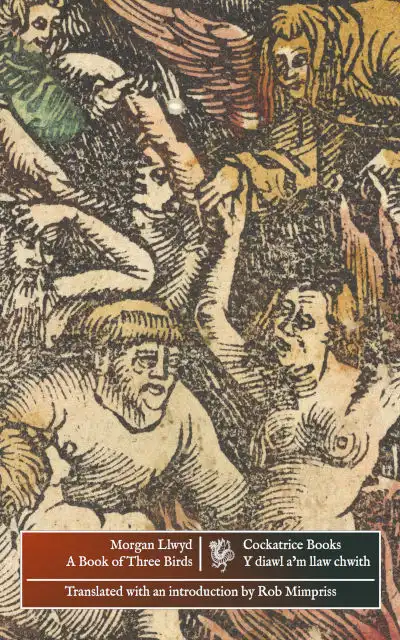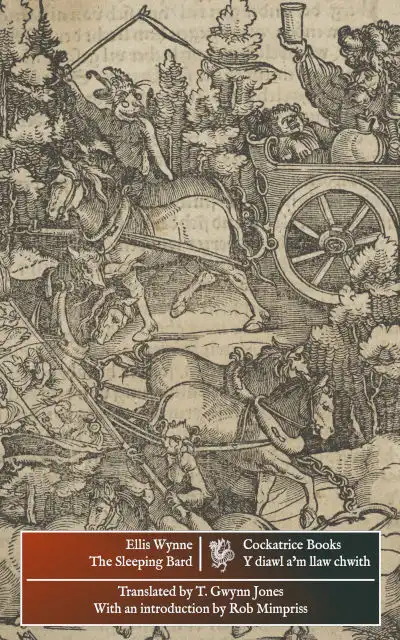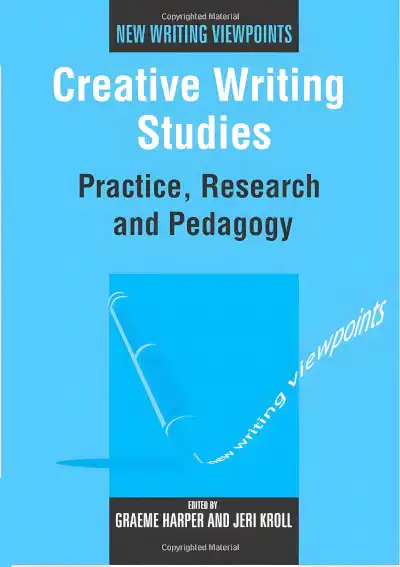The following essay was presented in an earlier form at the Great Writing conference, London in 2005.
This paper consists of two story, a discussion, and a series of questions.
The story goes like this: a few years ago, and a few months after I was awarded a PhD in Creative Writing, I applied for a junior Creative Writing post at an English university. I was short-listed and interviewed, but not appointed, perhaps in part because the selection panel thought me uncertain as to what I was being appointed to research and teach.
The presentation I gave on the topic they asked for, ‘my current research,’ may have strengthened their impression. Perhaps behind the academic wording there was an invitation for me to talk about my own work, even to give a reading, and perhaps the part of my presentation which discussed the form and tradition in which I work, the short story, suggested that I lacked enthusiasm for my writing. However it came about, a puzzled Professor of English asked me twice that day whether I saw myself as a writer or as a critic. The question caught me unguarded. I said I was both.
And I think in fairness that this is a reasonable thing to expect of a Creative Writing lecturer. Moreover, I would suggest that my presentation explored matters of concern to readers and writers of the short story, though I refer to it here as a way of questioning what academies expect us to be able to do. For on the one hand, the short story seems concerned with limitations, often concentrating, as Valerie Shaw points out, on children, the elderly, the sickly, the lonely, whose straitened circumstances are more easily described within tight parameters of place, and who are themselves crossing boundaries between childhood and adulthood, or old age and death. Hence the importance of the single introspective character in work by Perkins Gilman, Kate Roberts, Amy Hempel. Yet on the other hand, and especially in America, the short story seems largely defined by the celebration of violence and masculine endeavour, a strand which Shaw acknowledges but with which she seems less concerned. The brevity of the short story form lends itself to the description of sudden accident or sudden violence, which is narrated without needing to be questioned, so that in the work of Jack London, Ernest Hemingway, Thom Jones, David Means, we find a concentration on suicide, murder and pain. Then given the tension created by these formal constraints, it may be that the short story is especially worthy of study as a place where gender conflict is enacted more starkly than in the novel. And given also the recency and paucity of the written tradition, the strength of identity that short story writers have, it may be that, by drawing of necessity on both tendencies, the modern short story will be a place where new gender identities are tested or formed.
In this context I would like to refer to Charles D’Ambrosio’s short-story collection, The Dead Fish Museum, a set of stories which always approach the boundary between the familiar and the strange. Hence a typewriter salesman is rendered helpless in the face of his son’s mental illness, a loss adjuster feels alienated by his wife’s many affairs and her memory of rape, and a filmscript writer watches and attempts to feel aroused as his lover repeatedly attacks her own body with a lighted cigarette. In Shaw’s terms these are frontier experiences, and experiences of reaching across a divide, but some of the stories are set in the wilderness of Washington state, in a landscape of fishing, shooting and wilderness camping, a culture of bigotry and cheap whisky, or among hustlers and junkies and porn-film producers, sometimes told in a gritty, masculine style reminiscent of Tobias Wolff or Richard Ford.
I would like to discuss its final story, ‘The Bone Game.’ The central character of ‘The Bone Game’ is a man called Kype, driving into the west of Washington State after the death of his grandfather, to scatter his ashes before taking up his estate. Kype is accompanied by two hitchhikers, D’Angelo, an obnoxious young man dressed in a cowboy shirt and shoestring tie, and a young Makah woman, Nella Ides, whom Kype takes into the party on D’Angelo’s request. Nell leads them to the reservation where they hire a boat to fish for salmon and where Kype undergoes the purification rituals of Nella’s people and the story ends.
‘The Bone Game’ is therefore a young man’s rite of passage and a road story set in the American West. But this is complicated by the love-triangle element, in which Kype and D’Angelo compete for Nell’s sexual attentions; and is darkened by accounts of gambling, drinking and pointless violence: in the opening scene, as they drive through a town, D’Angelo brandishes an unloaded gun which Kype has inherited from his grandfather, and takes aim at a man sitting on the pavement.
Like other characters in The Dead Fish Museum, Kype is an orphan, raised by his grandfather, a grand old man of the American West who, starting life in poverty and obscurity, made a fortune out of timber and fishing and prohibition smuggling, and served in the state legislature. Although raised to expect to inherit his fortune, Kype seems to have felt little affection for his grandfather, whom he describes in his memory as ‘a nasty old man most of Kype’s life,’ and who only once took an interest in the orphaned boy, giving him an unsuccessful lesson in wilderness survival skills, which left Kype with a deep sense of inferiority.
Perhaps this explains why at first Kype is willing to allow D’Angelo to interfere with his grandfather’s ashes. But D’Angelo shows continual disrespect to Kype himself, addressing him as ‘Kypester’ and ‘Buddha-boy,’ mocking his wealth and educated speech, treating him to back-slaps and declarations of friendship whilst attacking his ‘sissy muscles’ and ‘fem throw,’ ordering him to keep his eyes ahead while he makes love to Nell in the back of the car. Reaching Nell’s home village, Kype rents a fishing boat from an old man named Porter, who looks at Kype and instantly dislikes his youth, his soft looks, and his smart, stuffy clothes. Despising Kype he takes advantage of him as D’Angelo does, renting him his fishing boat at twice his usual fee.
Kype endures such casual disrespect from a lack of alertness or courage, or because he wishes to convince himself that he is equal to such masculine company: referring, as it does, to the enlarged snout of the male salmon, his name suggests sexual competitiveness and a desire to impress. Nell also notices D’Angelo’s disrespect for Kype, and copies it, addressing him as ‘asshole,’ accusing him of ‘whining,’ refusing him his share of their drink, undertaking to introduce Kype to her cousin so that he can have a female companion too, and later even throwing away some of his funeral ashes, the ashes, as she puts it, of ’this burned-up old Ashtray Man.’ But after their arrival at the Makah reservation and in his dealings with Nell’s mysterious great-grandmother, Kype encounters a more insidious, and more ambiguous, abjection.
Kype meets her great grandmother in the family home, a grounded fishing boat overgrown with brambles. She sits unmoving under a blanket wearing a wicker crown, and her appearance, related through metaphor to rock and silt, is less literally described than that of the three main characters. Although she gives no indication that she is aware of Kype’s presence, he quickly hears a voice in his head, describing the Makah people’s first encounter with Europeans, whom they identify as Salmon People because of their hooked noses, their kypes. Kype looks for the source of the voice, first in the salmon caught by Porter, which he is holding, second in his grandfather’s urn. Later he insists it came from the old woman, whom Nell claims is both blind and dumb.
Nell is dismissive of the idea that she spoke to Kype, claiming that if the old woman can talk, then she herself has gone deaf. And this idea of Nell’s deafness reminds Kype of his grandfather, who went ‘selectively deaf’ in his old age, and so suggests that the old man and the old woman fulfil similar rôles in his life. For while Kype inherits a material fortune from his grandfather — a gun, a fishing rod and a memory of wilderness camping, the voice in his head gives Kype spiritual acknowledgement. For first it identifies him as one of the white people, who like his grandfather felled the forests and emptied the seas, making a fortune from the wilderness where her people once hunted whale and elk; and second it accepts him, for the Makah, too, are salmon people, with salmon, which they regard as sacred, as their kin. And it is Kype’s lack of self-assurance, his meekness in the company of people like D’Angelo and Nell, which bring him to the place where he can gain this deeper understanding of his identity.
After the boat trip Kype, Nell and D’Angelo go out to a beach, where they plan to fish and cook Porter’s salmon and spend the night by the fire. But the waters are stagnant and the salmon in the river sickly or dead, and D’Angelo finds himself in a place ‘west of the West,’ where it seems that his own American Dream has turned sour. Challenged by Kype to a target-shooting contest with Nell as the prize, D’Angelo begins to shoot the sacred salmon, Nell’s ancestors, causing a furious Nell to insist that Kype, not D’Angelo, undergo a purification ritual to save him and the Makah people from any possible curse.
Kype’s penance is to lie down and close his eyes, while Nell covers his body with figures of the salmon drawn in ash — whether from the fire or from the urn which she now holds is unclear. Immediately Kype has a vision in which his grandfather takes him by the hand, and leads him into a home for retired sailors where he watches a suicide and, Nell tells him, recovers his lost soul. Coming round he is made to play a guessing game known as the Bone Game with Nell, gambling away his car, his shoes, the urn, the gun, even the clothes he is wearing — before swimming in the river to make himself acceptable to the spirits. Again he has a kind of vision, this time of an island he remembers from his childhood, to which he imagined his father and all lost and broken things had gone. As his companions sleep the next morning, Kype reclaims his forfeited possessions and drives off to complete his journey alone.
It seems that Kype’s visions lead him back to his true heritage: his family and his race; Kype is initiated by the Makah people yet into the Anglo-Saxon people. But this is also the painful birth of the American New Man, foretold in Kype as self-criticism and unself-confidence, and evaded by D’Angelo, who seems locked in boyish fantasies of wilderness and lawlessness. And perhaps D’Ambrosio feels that the American masculist short story has arrived ‘west of the West,’ like those salmon becoming sickly and dead, since he mollifies ‘The Bone Game’ with portrayals of unself-confidence and weakness, and with images of spiritual renewal.
When that professor of English asked me if I am a writer or a critic I fudged my reply, implying that my loyalties are somehow divided between two separate activities. But since she presented me with the alternatives of being a writer or being a critic, as though I cannot be both, and be better at the one because I am the other, I might have asked her in turn whether she was a reader or a critic. Does she ever feel her training to be a dead weight on her reading, does she ever suspect that the literature seminar as much as the creative writing workshop can become a lazy substitute for individual endeavour? And if so, are such tensions and contradictions less a threat to her occupation than they are to mine?
So I don’t see that choosing to give a presentation like this, talking about Charles D’Ambrosio’s work instead of my own, need raise the suspicion that I am not also writing. But pondering the professor’s question lead me in due course to one of my own, and it was this, at a conference years later, which I used to finish a paper on D’Ambrosio’s story, and the professor’s response. As a younger writer, I explained, I had read sometimes widely and sometimes deeply, often reflecting the work that impressed me most in writing of my own. And later, this reading that led to the writing fiction was accompanied by a reading that led to the writing of criticism, so that in some cases related fiction and criticism appeared hand on hand: but why was it, I asked my audience at that conference, that this short story by D’Ambrosio had led the latter, had inspired me to criticism alone?
Perhaps other delegates had no answer to the question, or perhaps they preferred not to express it. But the answer I had hoped to hear, the answer that would have echoed by suspicions, was that my exclusively critical response echoed the kind of story that ‘The Bone People’ is: the embodiment of civilised, intelligent gender discourse, and a great deal of imagination and literary accomplishment, in a story aimed at readers already familiar with the tradition of the short story in America, and with the ideas that D’Ambrosio explores. And perhaps I am not familiar enough with that tradition, or not civilised enough to share D’Ambrosio’s values, but I would suggest that the discourse I used in responding to the story was an act of criticism that a critic alone could never achieve. For I look for evidence that D’Ambrosio’s existence is somehow at stake in the story, and I cannot find it.
